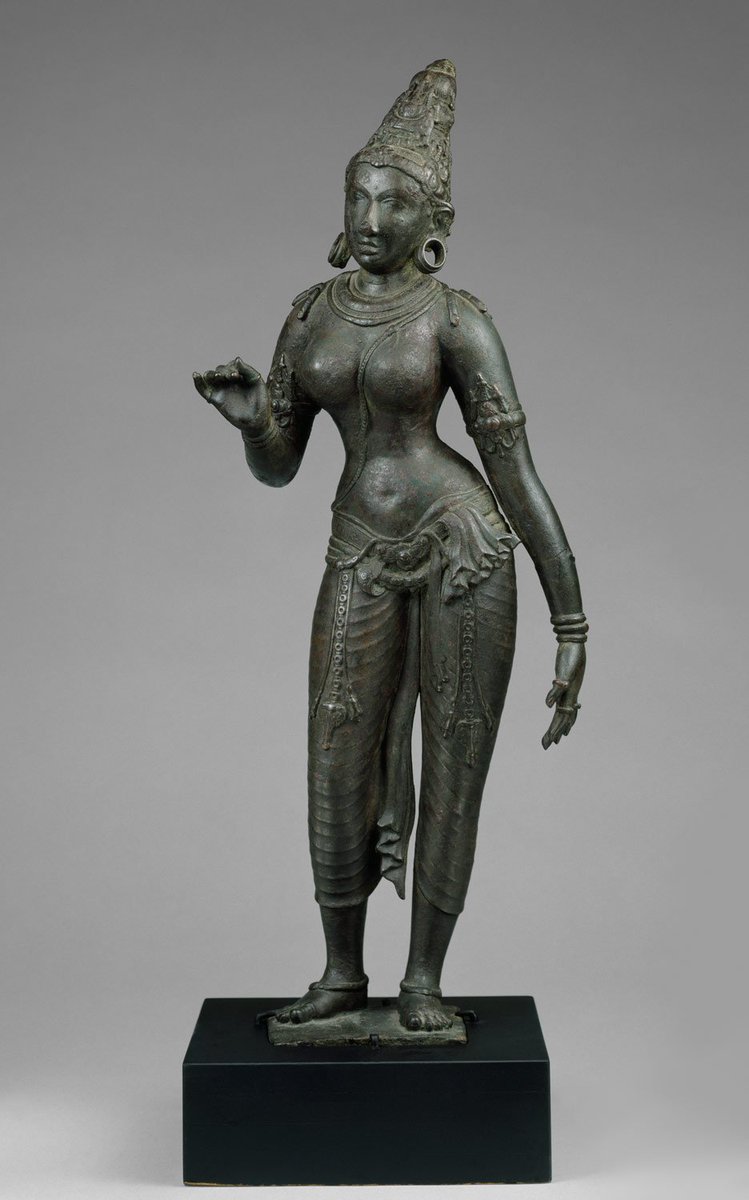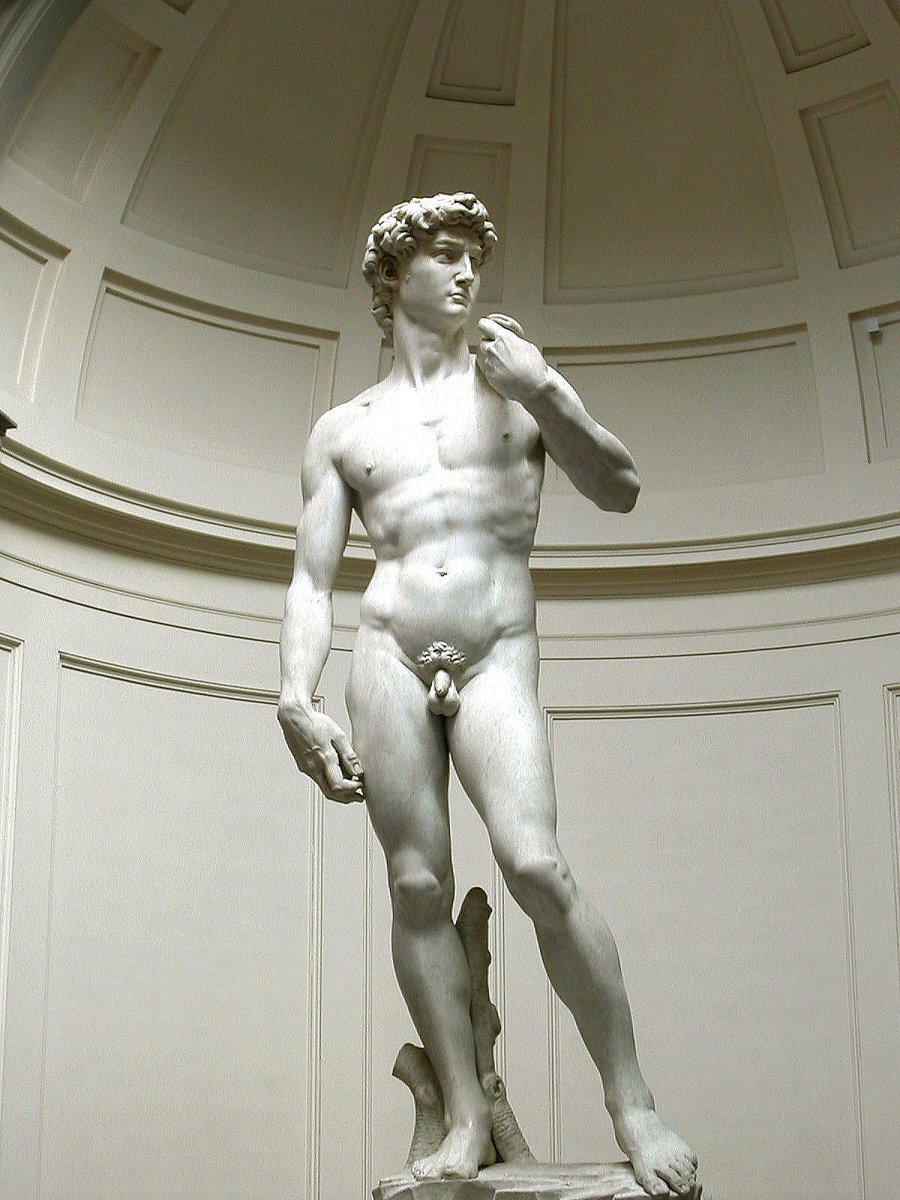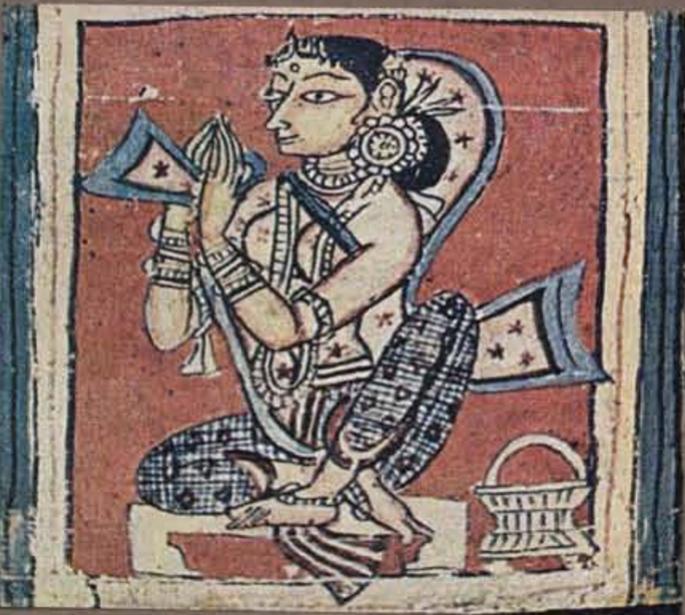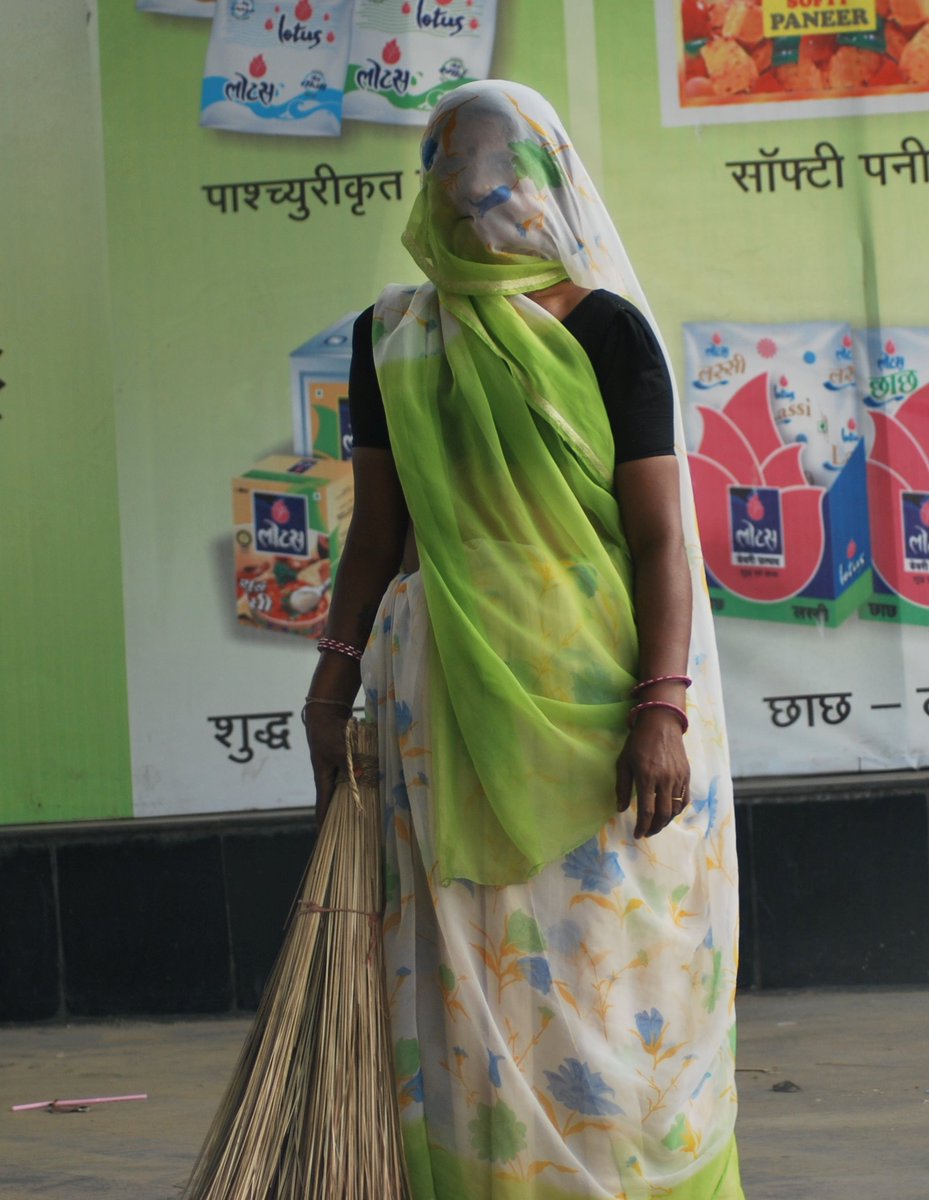This thread is apartial attempt to address that falsified notion.
Furthermore as Gangetic plains followed the similar cultural ethos, same conclusion can be applied for that region too.
But Even for Punjab which remained under Islamic occupation for longest amount of time, its traditional dressing had already emerged in Pre Islamic period as one can see from previous sculpture.
One finds hardly any support for the fantasy of women roaming half naked in preIslamic India!










































